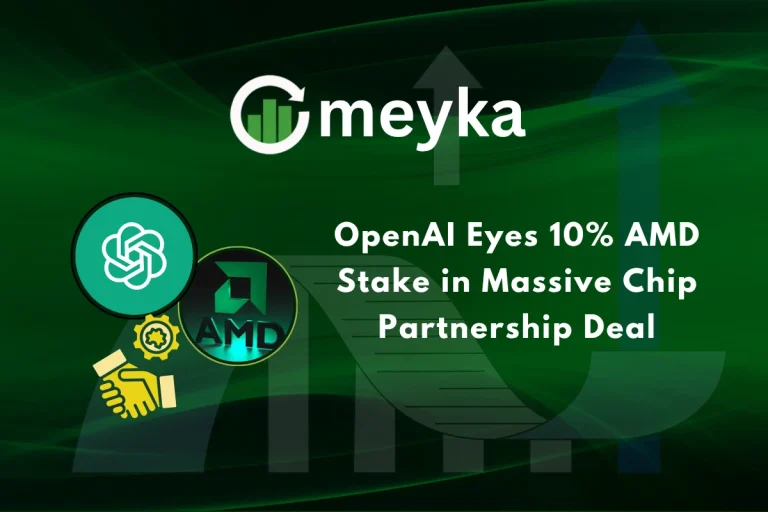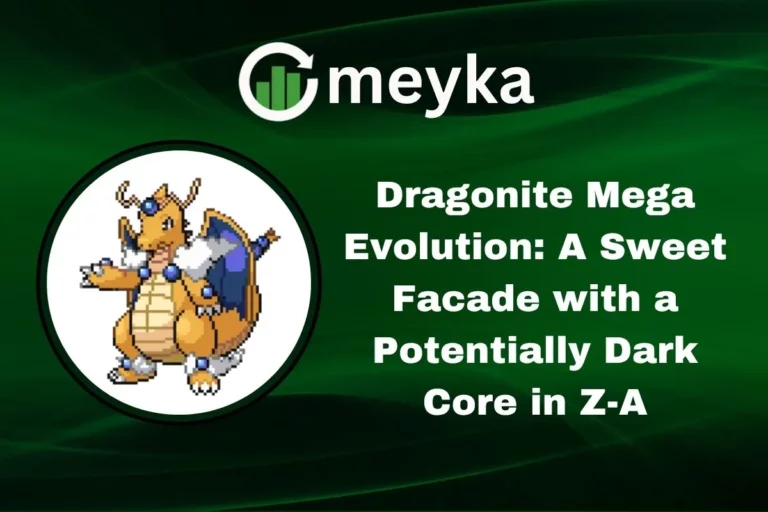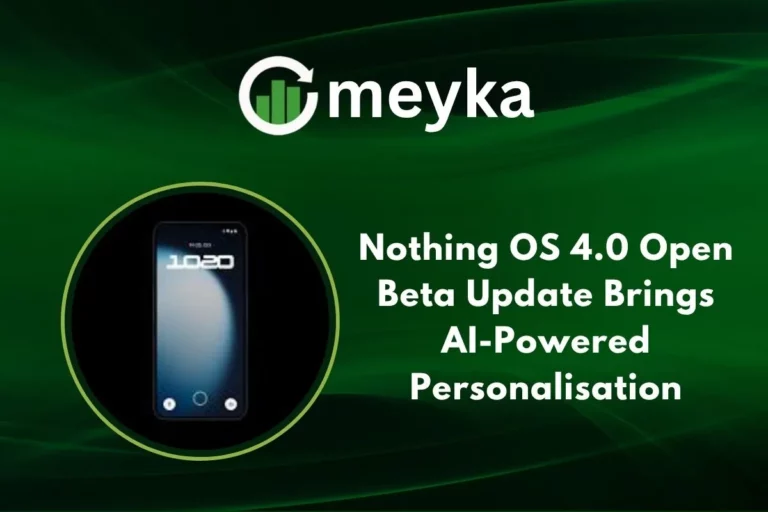CHAT GPT-5.1: OpenAI Balances Innovation and Control with Eight Distinct AI Personalities
We’re stepping into a new chapter in how we use AI with GPT‑5.1 from OpenAI. It launched in November 2025 and represents more than just a smarter model. Now we can pick how the AI behaves and speak with it in a tone that matches our mood or task. We’ll explore how OpenAI is balancing innovation and control; we’ll look at the eight distinct personalities built into GPT‑5.1 and ask what it all means for us.
OpenAI’s Approach to Innovation and Control
OpenAI has a clear dual goal: to push AI forward while keeping it safe and useful. With GPT‑5.1, they’ve focused on two main threads: boosting performance and giving users more control. On the innovation side, they improved reasoning, speed, and instruction‑following. For example, GPT‑5.1’s “Thinking” mode adapts how much computation it uses depending on task complexity. On the control side, they added more tone settings and personality presets so users can choose how the AI “talks” with them. That helps match the AI to the user’s style and context. By giving both power and options, OpenAI is trying to make sure we get smart tools that also feel natural and stay respectful of user needs.
The Eight Distinct AI Personalities
One of the most visible changes in GPT‑5.1 is the ability to choose from preset personalities. These let us tailor the AI’s tone and style.
Here are the eight personality styles and how you might use them:
- Default: The standard mode. Good all‑rounder.
- Professional: Formal, business‑like. Ideal for reports, academic work.
- Friendly: Warm, casual. Good for everyday chat.
- Candid: Honest, direct. Useful when you want straightforward answers.
- Quirky: Playful, informal. Good for brainstorming or creative work.
- Efficient: Brief, to the point. Great when you need fast info.
- Nerdy: Detailed, perhaps technical. Ideal for coding, deep dives.
- Cynical: A more skeptical tone. It might help when you want counter‑views.
Users can switch personalities depending on the task. For example: use “Professional” for business strategy, “Friendly” for relationship advice, “Nerdy” for coding help. Because GPT‑5.1 also improved its instruction‑following and tone adjustment, you get not just different voices but more meaningful responses.
Benefits of Multi‑Personality AI
Having multiple personalities brings several real advantages.
- Better fit for the task: We can match the personality to what we’re doing. That improves clarity and user satisfaction.
- More accessibility: People with different backgrounds, ages, and preferences can pick what works for them.
- Reduced errors or mismatch: With clearer tone and better instruction‑following, GPT‑5.1 is less likely to drift off topic or generate weird answers.
- Stronger user engagement: A more natural conversational tone makes interactions feel more human. That encourages use, learning, and exploration.
- Industry applications: Whether in education (friendly tone for students), business (professional tone for executives), or tech (nerdy tone for coders), the flexibility helps.
Challenges and Ethical Considerations
Despite the benefits, there are important downsides and ethical issues we must watch.
- Misuse potential: If someone uses a “friendly” or “quirky” tone for deceptive content, it might feel more trustworthy than it should.
- Bias and tone control: Even with presets, the AI can still reflect biases in training data. Ensuring fairness remains key.
- Privacy and data safety: More personalization may involve richer user data. That raises privacy risks.
- Balance of control: Too many options can confuse users. OpenAI says eight personalities won’t cover every user’s needs.
- Transparency: We need to know how the model chooses which variant, how personalities change response,,s and how safe the filters are.
OpenAI says it’s aware and is deploying safety systems alongside this release.
Future Implications
What does GPT‑5.1 mean for the future? A few thoughts:
- Personalized assistants: As we get more control, AI could act more like a teammate than a tool. We might choose tone, personality, or even memory level.
- Industry transformation: In education, healthcare, business, AI with personality could make learning more engaging, customer service more human, and consulting more tailored.
- Standards setting: By releasing rich customization and control features, OpenAI sets a benchmark. Others will need to keep up in safety & personalization.
- Next‑gen developments: GPT‑5.1 is not a full leap to GPT‑6, but it shows how incremental updates can be meaningful. We can expect further iteration: more personalities, better reasoning, finer control.
Conclusion
With GPT‑5.1, we see innovation and control walking hand in hand. On one side, smarter models: faster, more accurate, more adaptive. On the other side, more personality, more tone choice, more user control. For users, students, professionals, creators, and just curious minds, this means tools that fit you, not one‑size‑fits‑all. The journey ahead is exciting. As AI evolves, we’ll continue to ask: how can it serve us better, feel more human, and stay aligned with our values? GPT‑5.1 is a strong step in that direction.
FAQS
Yes, you can change your chat assistant’s style by picking a personality in the “Settings > Personalization” menu.
You can use GPT‑5 on the free tier of ChatGPT with some message limits. After you hit a quota, it may switch to a smaller version.
GPT‑5 is the standard mode that handles most tasks fast. GPT‑5 Thinking is the deeper mode for harder problems, where the model spends more time reasoning.
Disclaimer:
The content shared by Meyka AI PTY LTD is solely for research and informational purposes. Meyka is not a financial advisory service, and the information provided should not be considered investment or trading advice.






